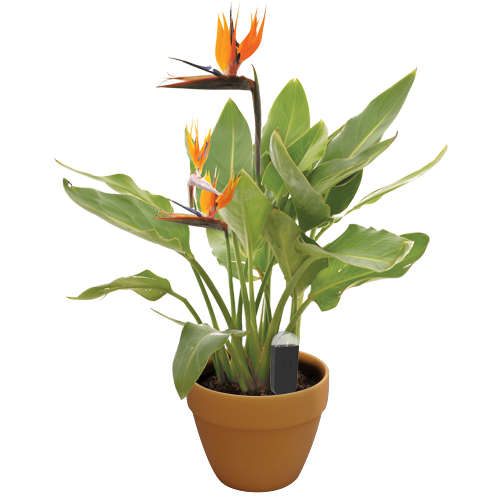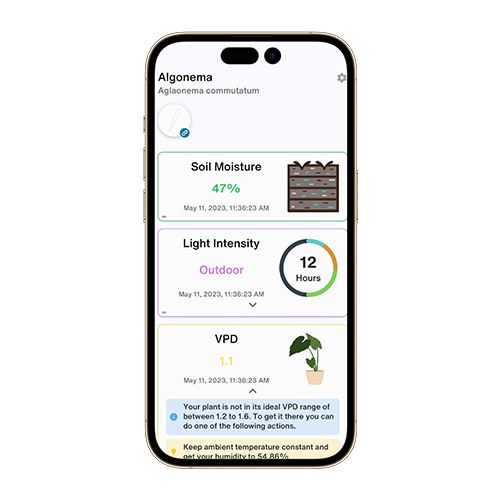Myrmecophila exaltata
分類
家族Orchidaceae
属Myrmecophila
ゾーン11
もっと詳しく知る
Plants of the World Onlineについて
Myrmecophila exaltata, commonly known as the Ant Orchid, is a fascinating epiphytic orchid native to the wet tropical regions of Central America. It is part of the Orchidaceae family and is known for its pseudobulbous growth form. This plant has a unique relationship with ants, which often inhabit its hollow pseudobulbs. It thrives in warm, humid environments and does not have a distinct dormancy period.
としても知られている
Ant Orchid
Laelia exaltata
Schomburgkia exaltata
Schomburgkia tibicinis var. exaltata
概要
さらにヒントを知りたいですか?
詳細
お手入れ方法
Myrmecophila exaltata requires bright, indirect light to thrive, making it suitable for indoor cultivation near a window. It prefers warm temperatures and high humidity, typical of tropical climates. Watering should be consistent to keep the soil evenly moist, but care should be taken to avoid waterlogging. This orchid benefits from regular misting to maintain humidity levels.土壌
As an epiphyte, Myrmecophila exaltata does not require traditional soil. Instead, it thrives in a well-draining orchid mix that includes bark, perlite, and sphagnum moss. This mix allows for adequate air circulation around the roots, which is essential for the plant's health.肥料
A balanced orchid fertilizer with an N-P-K ratio of 20-20-20 is recommended. Fertilize every two weeks during the growing season, reducing frequency in the cooler months. Ensure the fertilizer is diluted to half strength to prevent root burn.植え替え
Repotting should be done every two to three years or when the plant outgrows its container. Choose a slightly larger pot and refresh the orchid mix. Handle the roots gently to avoid damage during the process.伝搬
Propagation of Myrmecophila exaltata is typically done through division. This should be carried out during the growing season when the plant is actively producing new growth. Ensure each division has at least one pseudobulb and healthy roots.剪定
Pruning is not generally required for Myrmecophila exaltata. However, removing dead or damaged leaves and spent flower spikes can help maintain the plant's appearance and health.毒性
Myrmecophila exaltata is not known to be toxic to pets or humans. However, as with all plants, it is advisable to keep it out of reach of small children and pets to prevent accidental ingestion.追加
This orchid's symbiotic relationship with ants is a unique aspect of its biology. The ants provide protection from herbivores and help with nutrient acquisition, while the plant offers shelter. This relationship is not necessary for cultivation but is an interesting feature of its natural habitat.植物の手入れに革命を起こす
すべてのプラントをスマートに


